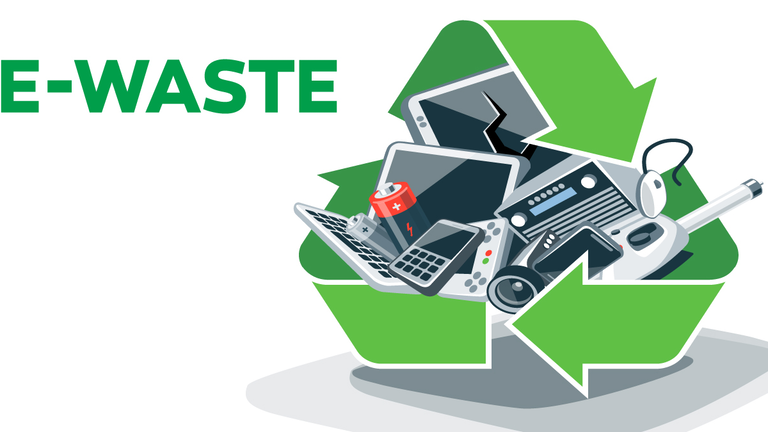UN Agencies Warned, Waste From Electronics Is Piling Up Worldwide
Fri 22 Mar 2024, 10:19:20

UN agencies have warned that waste from electronics is piling up worldwide while recycling rates remain low and are likely to fall even further. The agencies were referring to “e-waste,” which is defined as discarded devices with a plug or battery, including mobile phones, electronic toys, TVs, microwave ovens, e-cigarettes, laptop computers and solar panels. It does not include waste from electronic vehicles, which fall into a separate category.
UN’s International Telecommunications Union and research arm UNITAR in a report yesterday said that some 62 million tons of “e-waste” was generated in 2022, enough to fill tractor-trailers that could be lined up bumper to bumper around the globe. It’s on track to reach 82 million tons by 2030.
Metals – including copper, gold and iron – made up half of the 62 million tons, worth a total of some 91 billion
dollars, the report said. Plastics accounted for 17 million tons and the remaining 14 million tons include substances like composite materials and glass.
dollars, the report said. Plastics accounted for 17 million tons and the remaining 14 million tons include substances like composite materials and glass.
The UN says 22 percent of the e-waste mass was properly collected and recycled in 2022. It is expected to fall to 20 percent by the end of the decade because of “staggering growth” of such waste due to higher consumption, limited repair options, shorter product life cycles, growing “electronification” of society, and inadequate e-waste management infrastructure, the agencies said.
About half of all e-waste is generated in Asia, where few countries have laws on e-waste or collection targets, according to the report. Recycling and collection rates top 40 percent in Europe, where per-capita waste generation is highest: nearly 18 kilograms.
No Comments For This Post, Be first to write a Comment.
Most viewed from International
Most viewed from World
AIMIM News
Owaisi hails SC order on Places of Worship Act
Dec 13, 2024
AAP Corporator Tahir Hussain joins AIMIM party
Dec 11, 2024
BJP-SP two sides of same coin: Asaduddin Owaisi
Nov 19, 2024
Latest Urdu News
Most Viewed
May 26, 2020
Do you think AAP will perform better in Delhi polls without alliance?
Latest Videos View All
Like Us
Home
About Us
Advertise With Us
All Polls
Epaper Archives
Privacy Policy
Contact Us
Download Etemaad App
© 2024 Etemaad Daily News, All Rights Reserved.



.jpg)
.jpg)





.jpg)
.jpg)
.jpg)



























